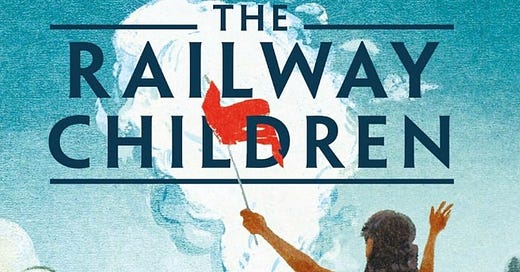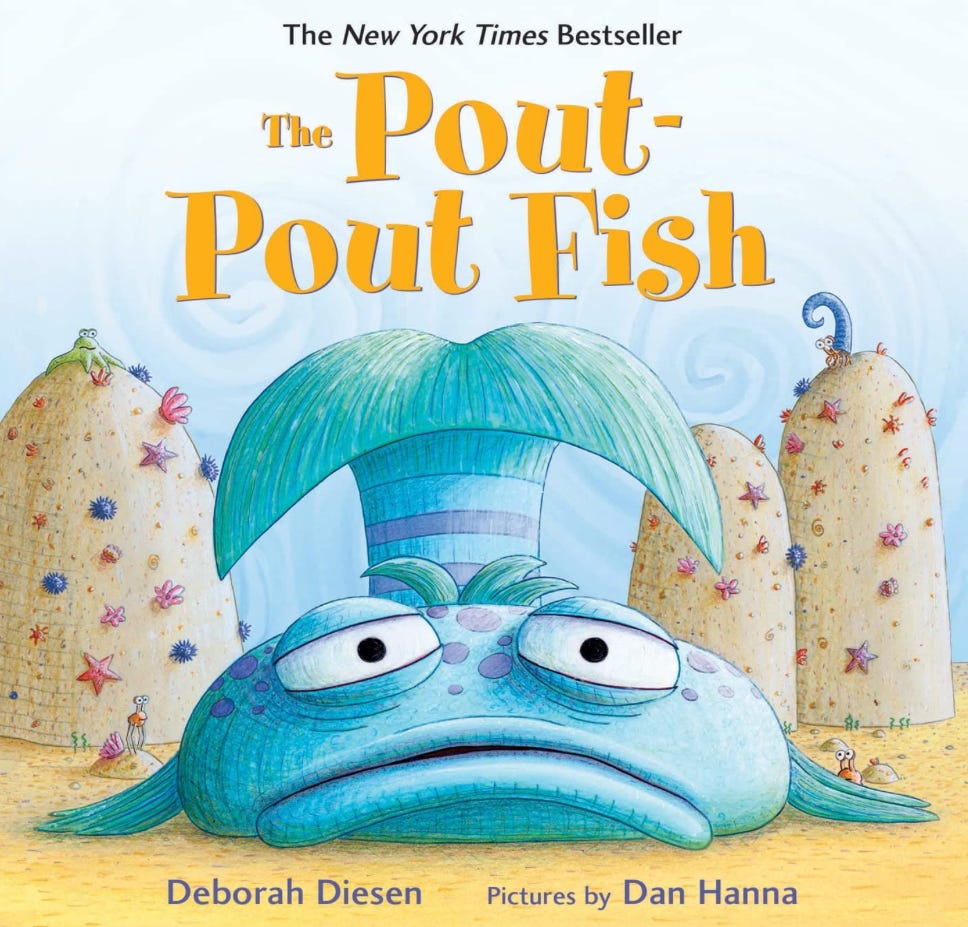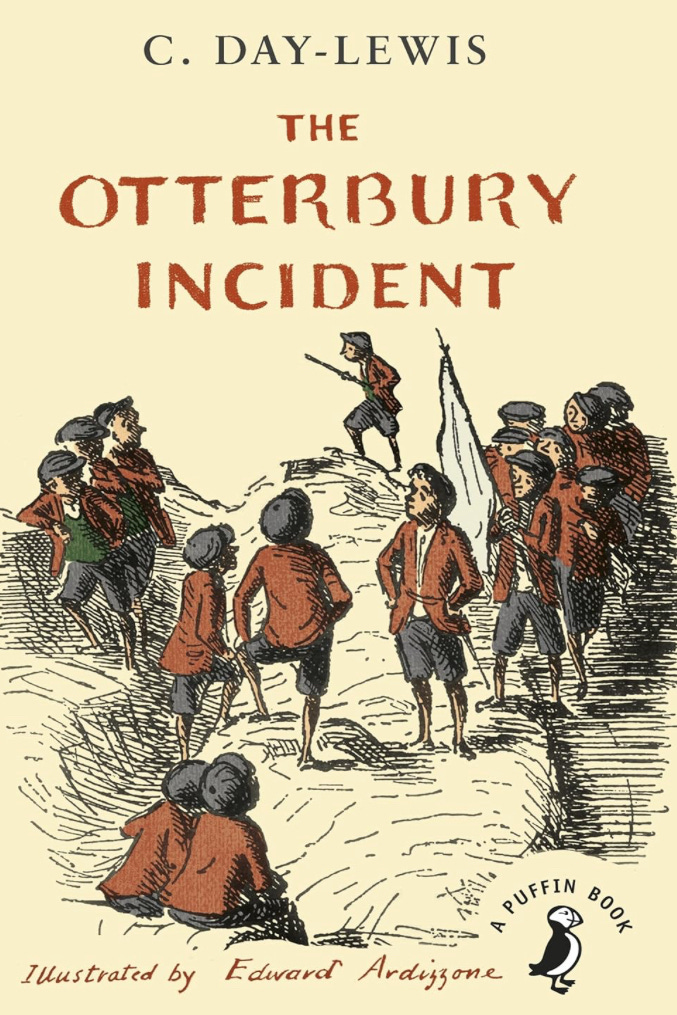First, I need your help with two things:
I’m putting together a list of all the best homeschool/education Substacks. If you write one, or you want to recommend some, please let me know in the comments.
A reader got in touch following a truly shocking experience when she took her daughter to hospital with a broken arm. Hospital staff asked her seven times about her other child, who is home educated. She was referred to children’s services on the basis of her ‘abrupt’ manner while on the phone to 111, while her child screamed in agony in the background. Children’s services insisted on having an interrogative phone call with her whilst the child was undergoing surgery.
I personally know home educating families who dread the thought of taking their child to A&E because they know the treatment and investigation that is likely to follow when they are identified as home educators, but this is an issue for all families. 40-50% of children will experience a broken bone at some point—by itself this should not be a reason to launch an investigation into a family. In the wake of Sara Sharif’s death, it is understandable that people are on high alert. But we do not have the resources to investigate everyone whose child makes a visit to A&E, and doing so will divert attention from where it is truly needed. GPs and hospital staff should be people we trust, not people we fear.
If you have had a similar experience, or if you work in medicine or social services and would like to share your perspective, or if you know someone who might, I would love to hear from you. I’ll keep any details anonymous if you prefer.
Onwards to the books!
There has been a lot of reading going on in the Oliver family recently. I think there’s too much to tell you about in one post, so this is the first of several posts instead of one giant one.
First, a baby book that you probably already own
A friend told me that her one-year-old’s favourite book is The Pout Pout Fish. This was published just a few years before my children were born, and has 25,000+ reviews on Amazon, but I’d never heard of it. I sent a copy to our also one-year-old nephew, whose mother reports that it’s very popular. I haven’t actually read it myself, and I’m surely the last person on the planet to hear about it. But it’s always nice to find a new book for the littlest readers, so I’m passing this along in case there’s anyone else who’s missed it.
The pleasures and perils of old books
Although my children (7 and 9) read a lot, I am often frustrated by their lack of interest in the classic books that appear on all the ‘must read’ lists. We have so many of these books in the house, which the children show zero interest in, probably because they can sense my desperation for them to pick them up. In many ways this doesn’t matter—they read, they read good books, and they’re developing a sense of their own taste. There are many, many books for grown ups which ‘everyone’ agrees each year are the best thing since sliced bread, which I think are not worth the paper they’re printed on. Even Wuthering Heights isn’t universally approved of!
And yet it’s always so reassuring when your child loves a bona fide classic.
Around Easter, for one reason and another, we had a couple of weeks when our usual routine went out the window and it was virtually impossible to do anything resembling work. One way I alighted on to include something was to read aloud the first chapter of a book each day. I told the children they could choose to chuck the book after that, but I wanted them to try the first chapter. They had no interest in Terry Pratchett’s Truckers, Madeleine L’Engle’s A Wrinkle in Time piqued their interest not one bit (how?!), but it was third time lucky for The Otterbury Incident.
Published in 1948, and set in 1945, it tells the story of two rival gangs of schoolboys and the various scrapes they get into whilst trying to do the right thing. It’s a delight. All three of us were totally gripped. When I’d finished, my son reread it to himself, and turned right back to the beginning as soon as he got to the final page. It made a blissful change from the fantasy books my children are currently deeply into.
There is one reference to ‘sex appeal’—the boys agree to have a girl help them out with one of their schemes because they think it’ll help to have someone attractive on their team. This was easy enough to skip over when reading aloud, but might prompt questions if your child reads the book to themselves!
Amazon says 8-12, but I loved it myself and think anyone old enough to understand it would enjoy it.
For the past couple of weeks I have been deeply immersed in E Nesbit. I’m about to finish the Treasure Seekers trilogy, I fought back tears throughout The Railway Children, and I’ll be moving on to the Psammead trilogy. Over at The Common Reader, my husband is enjoying The Enchanted Castle.
These stories were published around 1900 and they make me deeply nostalgic for a time I never knew. Nesbit paints a picture of an idyllic childhood, with children free to play in the fields so long as they’re home for tea, or to go and buy the ingredients for an illicit Christmas pudding unaccompanied, without their parents being arrested for neglect. The books are interesting from an educational perspective—details about what books, games, and activities the children enjoy offer a fascinating counterpoint to the accepted norms of modern childhood. I had to take a firm hold of myself and remember that in England in 1900 about 15% of children died before their first birthday, and life expectancy at birth was under 55 years old. Nesbit’s own son died aged 15. Indeed, death is real in many of her books—the Bastable children’s mother is dead, and as Oswald says: “If you think we don’t care because I don’t tell you much about her you only show that you do not understand people at all.”
There is so much in these books that’s good. They make me laugh aloud on public transport. The children, like all of us, make mistakes and bad decisions, see the error of their ways, make amends and are forgiven, by grown ups who are kindhearted if not always doting. Siblings get exasperated with one another but ultimately stick together. There is a strong emphasis on honour and doing the right thing. I was surprised at how readable the books are—there are many references that modern children won’t understand, but the books don’t feel old and dusty in the way I expected.
But E Nesbit and her books are a product of their time. To my dismay, they are peppered with casual racism, antisemitism, and sexism. I have come across the N word several times, including in an edition of The Enchanted Castle that was only published in 2017. Is it really possible that in 2017 Penguin thought it was ok for a children’s book (which my husband purchased in the children’s section of Waterstones this month) to contain the N word? On the Penguin website they quote Julia Donaldson praising the book. One wonders when Donaldson last read it.
The Railway Children, as far as I noticed, was free from anything worse than brothers being rude about their sisters. The Psammead trilogy—Five Children and It, The Phoenix and the Carpet, and the Story of the Amulet—does not contain the N word based on my search on Project Gutenberg. But The Treasure Seekers, The Wouldbegoods, the New Treasure Seekers, and The Enchanted Castle all do.
My daughter is keen to read these books. My instinct is that she shouldn’t, although I’m sad that she should be deprived of what is mostly a rich and wonderful reading experience. On the other hand, pretending these attitudes didn’t exist doesn’t make them go away. And I know that most of what shocks me will go straight over my daughter’s head—she will have no idea that Mr Rosenbaum with his hooked nose is an antisemitic stereotype, and will only notice that he is ultimately kindhearted towards the children and their father.
As the Mr Rosenbaum example suggests, the bigotry in the books is complicated. In one chapter of The New Treasure Seekers the children go to the aid of a Chinese man who is being beaten up by a gang of street kids. Clearly the children are doing the right thing and have good intentions, but the chapter is littered with references to the man’s ‘yellow’ skin and the narrator’s attempts to reproduce his Chinese accent. It makes for deeply unpleasant reading. But there are important lessons here. People are complicated. Even good people, with good intentions, can view the world in ways we find unacceptable. In our divided world we should remember that people are more complicated than ‘good’ and ‘bad’. It’s too easy to feel smug about your own ‘rightness’ if you’re never exposed to the complicated reality of other people.
E Nesbit’s works are out of copyright. Someone should republish them with the worst bits removed. If we feel obliged to take the fat jokes out of Roald Dahl surely we can take the N word out of E Nesbit. In the meantime, my daughter can enjoy some of Nesbit’s other books. Or maybe I’ll just get out a black marker and do some censoring. Nine years old seems very young to be exposed to these things.
I’d love to hear your thoughts.
Thanks for reading. If you’re not subscribed, sign up for free and never miss a post.
(Some of the links in this post are affiliate links.)








I seem to remember you mentioning that your 9 year old had read the HP series? Although it’s fantasy, there’s plenty of bigotry, etc in there so she will have encountered many of the things you mention here, albeit under the more comfortable reading blanket of fantasy and generally bad things portrayed as bad things.
I’m personally not a fan of revising an author’s works in any way (that I can think of). It makes me nervous to try to force literature into being a modern morality tale. Where do we draw the line with changes? Who gets to decide? What criteria are used? And who establishes them on what bases? Should we do the same with other forms of art? [It strikes me that deep underneath these conversations about books are the same questions about home education and even the state’s role in investigating parents for no apparent reason. Where do we draw the line, who decides and how, on what bases? Are parents the ones who are responsible, ultimately, for their children, except in immediately extreme cases, or is there a generally more competent authority than the parents in most cases?]
Better, I think, to let parents decide for their children if it’s a good thing to read in their particular circumstances. (For instance I wouldn’t edit Huck Finn, but I’d make sure the children I gave it to were ready for some nuanced conversations.)
As you point out, it’s important to discuss these things and present them in an age-appropriate way, but (sadly) most kids are exposed to things much earlier than most parents expect… I think it can also be helpful to pair up readings- for example if anti-semitism is a concern, why not pair with the All of A Kind Family books, which were written from the perspective of and give lovely insight into the life of a Jewish family?
I don't censor anything. I talk to my kids about the prejudices that come up in old books, among other things, even though it can be difficult and even though I wish I didn't have to. I would rather discuss it with them openly, outright, than have them encounter any of it on their own and think it's okay.
9yo is young, but there are countless BIPOC children who don't have the luxury of avoiding these topics until they're older because they're encountering and living with them every day. And it's part of my responsibility in raising good humans to help mine understand hate and ugliness so they may have the courage to fight against it, which doesn't preclude using their privilege if it helps others.